Collections from the Murray-Dick-Fawcett House
These items of clothing, representing several generations of residents of the Murray-Dick-Fawcett house, were donated to The Lyceum by a former owner. These are among the objects that appeared in the 2002-2003 Lyceum exhibit "Generations: Costume in Alexandria."
Page updated on November 22, 2021 at 11:52 AM
XWARNING: You have chosen to translate this page using an automated translation system.
This translation has not been reviewed by the City of Alexandria and may contain errors.
Clothing Collection
John Douglass Brown purchased 517 Prince Street in 1816. Following his death in 1830, the property passed through several generations eventually going to Richard Lewis Cheeseman, Brown’s great, great grandchild. Over the years some furnishings and various personal artifacts remained in the house and were shared by those who lived there. When Mr. Cheeseman sold the property in 2000 he generously donated many items, particularly several articles of clothing, to The Lyceum. Here, we describe a sampling of the clothing found in 517 Prince Street. In some instances, they have been identified to having belonged to specific people.
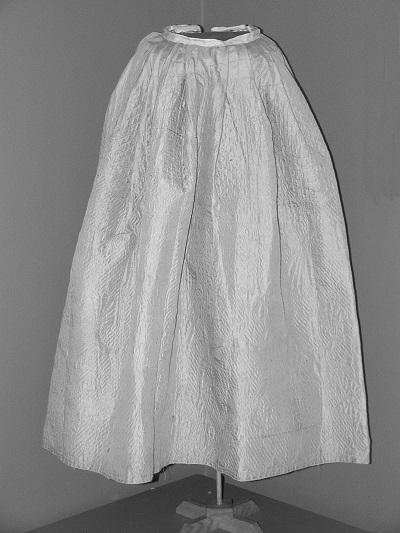
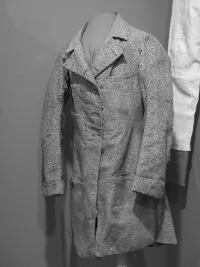
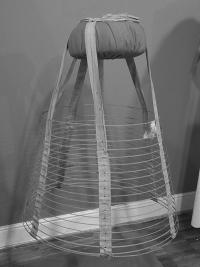
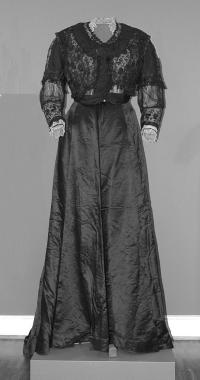
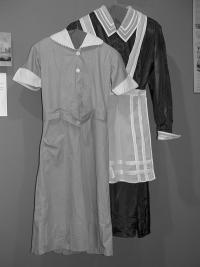

Petticoats like this one were common in the 18th century. They were usually produced by the cottage industries of Europe for export to foreign markets. Notable for its fine workmanship, it’s made of silk and has extremely thin, almost non-existent wool batting that would be suitable Virginia’s temperate climate.
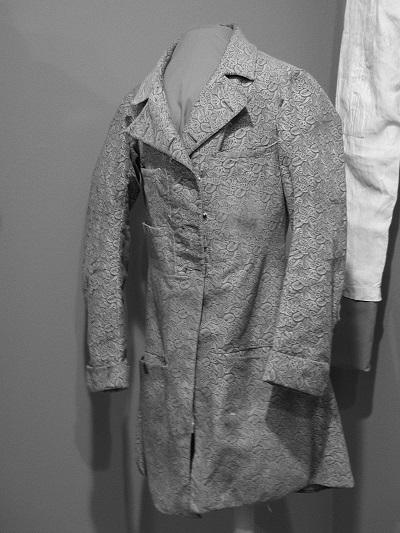
Made in printed cotton velvet, this coat designed for hunting was cut in the narrow-waisted shape characteristic of men’s coats of the period. A beaver cap and two bags made of heavy-weight linen and leather, for carrying supplies or even small prey such as birds, were saved along with the hunting coat. According to family tradition, this sporting wear belonged to James Wallace Hooff, who would have been about 30 years old at the time. He was married to John Douglass Brown’s daughter Jannett Hooff Brown.
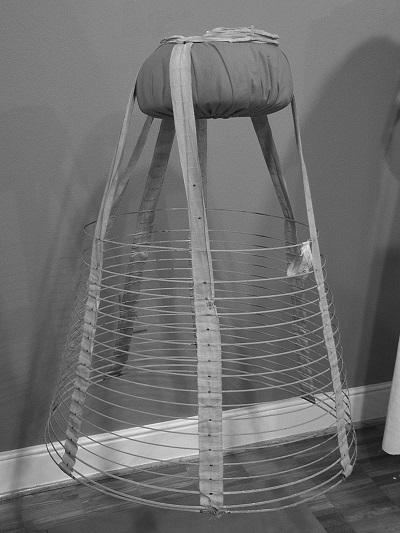
Wire underskirts first appeared in the late 1850s, and over time their shape was adjusted to echo the prevailing fashion trend. The shape of this crinoline reflects the style popular in the 1870s. Crinolines provided a foundation for dresses, giving shape to the garments and freeing a woman’s legs from a tangle of petticoats and complex skirts.
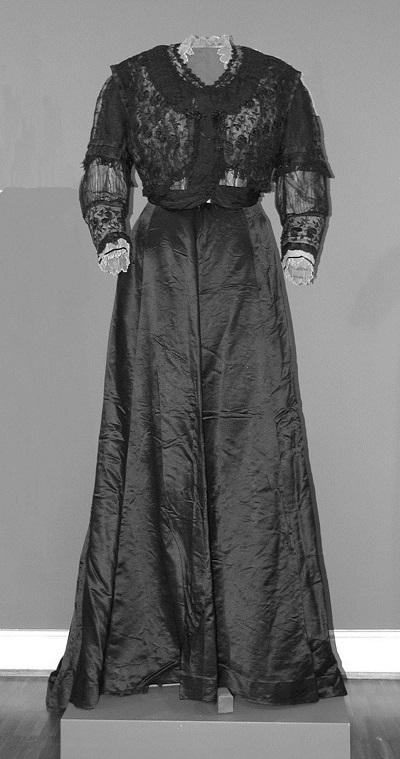
John Douglas Brown’s granddaughter Mary Goulding Hooff Fawcett was widowed in 1901 and like many women of her age and era, chose to wear black for the rest of her life. This bodice has complex layering and detail, including a boned foundation of cream silk taffeta and crepe, covered by layers of black silk net, lace, satin and crepe.
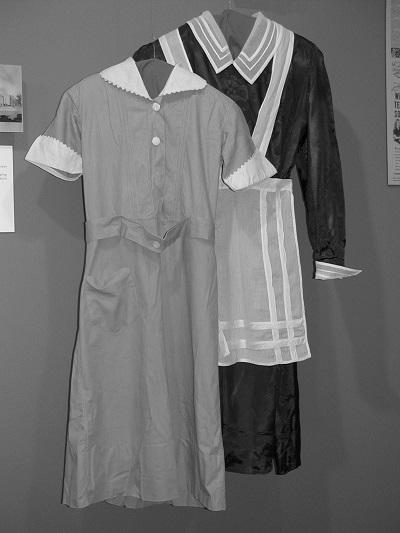
The Fawcett family, great grandchildren of John Douglass Brown, employed an African American house servant, Martha Blue. Martha worked in the house for 39 years, and these uniforms were saved from her years of service. The gray cotton uniform was for daily use. The shiny black uniform, possibly made of rayon, with its white cotton apron and lace collar is characteristic of dressier uniforms --- typically worn for evening events or special occasions in the household.